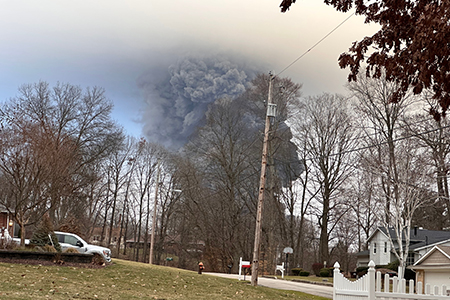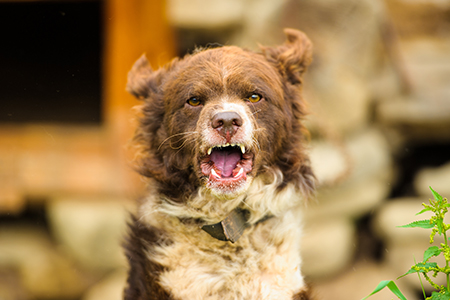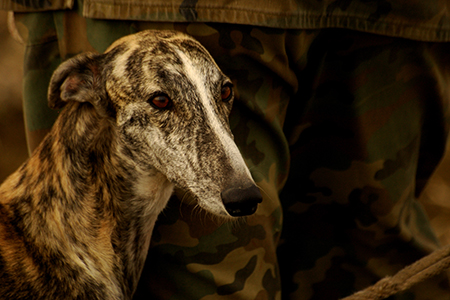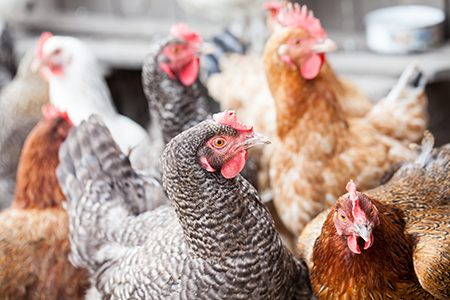 Animal Law, Shelter & Rescue
Animal Law, Shelter & Rescue  No Comments
No Comments Shocker: As Greyhound Racing Declines, It’s Becoming Harder to Adopt Retired Racing Dogs
A recent photo story in the Wall Street Journal shared some gorgeous dog pictures and some very predictable news on Greyhounds the other day. In the United States, Greyhound racing has faded in popularity over the last half century, a decline capitalized on and greatly accelerated by the actions of animal rights activists, legislators, and other interest groups.
Correlating with the drop in popularity and availability of the sport was a rise in “racetrack rescue” Greyhound adoptions, but we’ve reached a point where – surprise! – there are now more people who want to adopt Greyhounds than there are available Greyhounds. Further, there are also fewer reputable breeders maintaining these dogs… and to get one of their puppies, you’ll need to hop on a waitlist and fork over a lot of money! Meanwhile, there are concerns that “cash crop” breeders will fill in the void, capitalizing on the popularity of this beloved breed (they aren’t numerous like Labradors or Frenchies, but the people who love Greyhounds really adore them – and will find a way to get one), while rescues have modified their business model by switching to importing retired racing dogs from countries where the Greyhound racing is popular. If this all seems so very familiar, it’s because, well… it is.
Resources
★ Once One of America’s Favorite Pastimes, Greyhound Racing Eats Dust
★ ‘Ethical conundrum’: sending retired Australian greyhounds to US rescues some – but at what cost?









